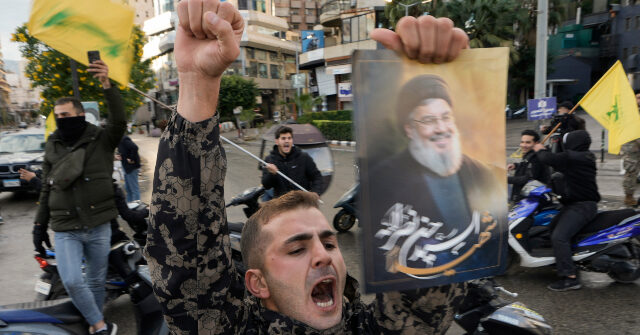In recent developments, the Iranian Foreign Ministry marked the implementation of a ceasefire between Israel and Hezbollah, a militant group backed by Iran. This ceasefire, which took effect early Wednesday, comes in the aftermath of significant losses for Hezbollah, including the death of its long-time leader Hassan Nasrallah and several other top commanders. Iranian officials hailed the ceasefire as a substantial victory for Hezbollah, framing it as a strategic setback for Israel, reflecting the intertwining narratives within Iranian state and military discourse. The support for Hezbollah from Iran remains unwavering, with Iranian officials promising to continue backing the group in its activities against Israel, portraying this support as a commitment to regional resistance against perceived aggression from the Israeli state.
Israel’s conflict with Hamas, which began on October 8, 2023, following a brutal invasion by Hamas militants, continues to escalate. This conflict was marked by horrific human rights violations and the abduction of over 200 individuals, with approximately 100 hostages still unaccounted for. Following the initial Hamas attacks, Hezbollah launched their own military actions against Israel, leading to significant evacuations in northern Israel and prompting a strong military response from the Israel Defense Forces (IDF). The fighting has strained resources on both sides, with the IDF conducting operations that ultimately resulted in the decimation of key leadership within Hezbollah, directly impacting the group’s operational capabilities and structure.
Prime Minister Benjamin Netanyahu’s announcement of the ceasefire indicated a conditional approach, emphasizing that any renewed aggression from Hezbollah would result in a swift response from Israel. Netanyahu stated that the duration of the ceasefire would depend on Hezbollah’s compliance, asserting that any attempts by the group to rearm or rebuild would be met with force. His comments highlighted a strategic pivot to focus more intensively on the threats posed by Iran, which he described as the “head of the octopus” underpinning regional instability. The ceasefire offers a 60-day transition period, allowing for Lebanese troop deployments in areas previously controlled by Hezbollah, and signals a tactical pause amid ongoing regional hostilities.
The Iranian government’s perspective on the ceasefire emphasized a narrative of achieving peace and an end to perceived Israeli aggression. Officials, including Foreign Ministry spokesman Esmaeil Baghaei, stressed the need for immediate cessation of hostilities in both Lebanon and Gaza. Despite Iran’s claims of advocating for peace, other Iranian military leaders depicted the ceasefire as a strategic victory for Hezbollah, arguing that the organization had successfully resisted Israeli military operations. This narrative underscores the complex interplay between the Iranian government’s official rhetoric and the symbolic representations propagated by its affiliated militant groups.
Amidst the wider dynamics, lower-ranking Hezbollah operatives celebrated the ceasefire, interpreting it as a validation of their efforts during the conflict. Statements from Hezbollah figures included claims of resilience and successful resistance against Israeli military efforts, reinforcing a narrative of triumph in adversity. Additionally, Palestinian Islamic Jihad expressed solidarity with Hezbollah, emphasizing a united front against Israel. The statements from various factions reflect a concerted effort to portray the ceasefire not as a retreat but as strategic maneuvering, aimed at eventually resuming hostilities when deemed strategically viable.
Hamas, for its part, indicated a willingness to explore ceasefire negotiations, signaling potential shifts in its strategy. An anonymous official revealed that the group has communicated its readiness for a ceasefire and is prepared to engage in discussions for a prisoner exchange deal. This acknowledgment highlights a cautious approach from Hamas, which, like Hezbollah, seeks to navigate its future actions amid ongoing hostilities and changing circumstances on the ground. The strategic calculations of these militant organizations, intertwined with the broader geopolitical maneuvering of Iran, will shape the immediate future of regional dynamics and conflict trajectories.
In summary, the recent ceasefire between Israel and Hezbollah represents a significant, albeit complicated, development in the ongoing conflicts that involve Iran’s proxy forces in the region. With narratives of victory emerging from Iranian-backed factions despite their substantial losses, the potential for renewed violence remains high, particularly if the disintegration of command structures within these groups continues. As regional actors navigate the implications of this ceasefire, the broader conflict involving Hamas and the situation in Gaza will also remain a critical area of focus, with implications for both humanitarian conditions and future military confrontations across the region.

